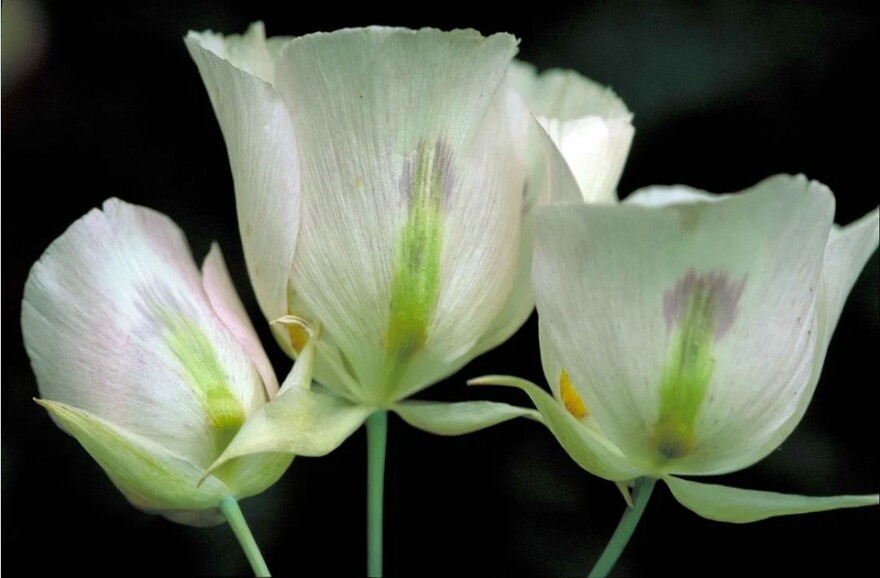With pioneer Day’s a few weeks away, it’s time to honor a very special plant that saved many Utah pioneers.
It’s been a banner year for our state flower! The sego lily has graced our meadows since early June, now in its late stages at lower elevations. It has generated many stories in our state. Before I launch them, I must compliment it’s a delicate beauty and love for adverse conditions- the hot, dry, rocky soil it which it’s found. The sego lily personifies a tough, resilient, beautiful pioneer spirit.
Brigham Young declared the sego lily “a heaven-sent source of food.” Friendly Native Americans taught Mormon settlers how to harvest and prepare the bulbs for much-needed survival food when a devastating cricket infestation destroyed crops.
From pioneer journals:
"In the spring of 1848, our food was gone. My husband had killed some wild game and by means of salt brought from the lake, I was able to dry and preserve enough to keep us from starving. Along the month of April, we noticed all the foothills were one glorious flower garden. The snow had gone, the ground was warm. We dug thousands of sego roots, for we heard that the Indians had lived on them for weeks and months. We relished them and carried them home in bucketfuls. How the children feasted on them, particularly when they were dried, for they tasted like butternuts." Elizabeth Huffaker, SLC.
Here's another one.
“In my childhood, our whole group of children used to go east of town, each carrying a sego digger. It was a piece of wood sharpened on one end and flat on the other. We would just go out of town and look for see segos, which were plentiful. When we found them, we each went to digging by putting the sharpened stick into the ground close beside the sego and pressing down on the flat end of the digger until it was a few inches in the ground. Sometimes we pounded on the top of the digger with a rock. When the stick was far enough into the ground to suit us, we just pushed it to one side and up came the segos. Then we ate them And oh how we enjoyed hunting them,” Lorina Washburn Larsen, 1868 Manta, Utah.
Native Americans considered the sego lily a sacred plant and developed culinary uses for its bulbs, seeds and flowers. Many tribes created a healthful porridge from roasted or boiled sego lily bulbs. For the Navajo, It was one of the life plants used for ceremonial purposes. Sego was derived from the Indian word sego. Many Indian women were named Sego or Sego-chi.
The Spanish named it mariposa. Their word for butterfly, for this beautiful mountainside flower looked like butterflies. The sego lily was formally designated as the Utah state flower in 1911. chosen for its natural beauty, as well as its historical significance.
The Lily gets it’s scientific name calochortus nuttallii from Thomas Nuttall, a naturalist who collected the sego lily in 1811 while traveling along the Missouri River. It is found throughout the western state.
Please do not disturb this iconic beauty. Photos are encouraged.


